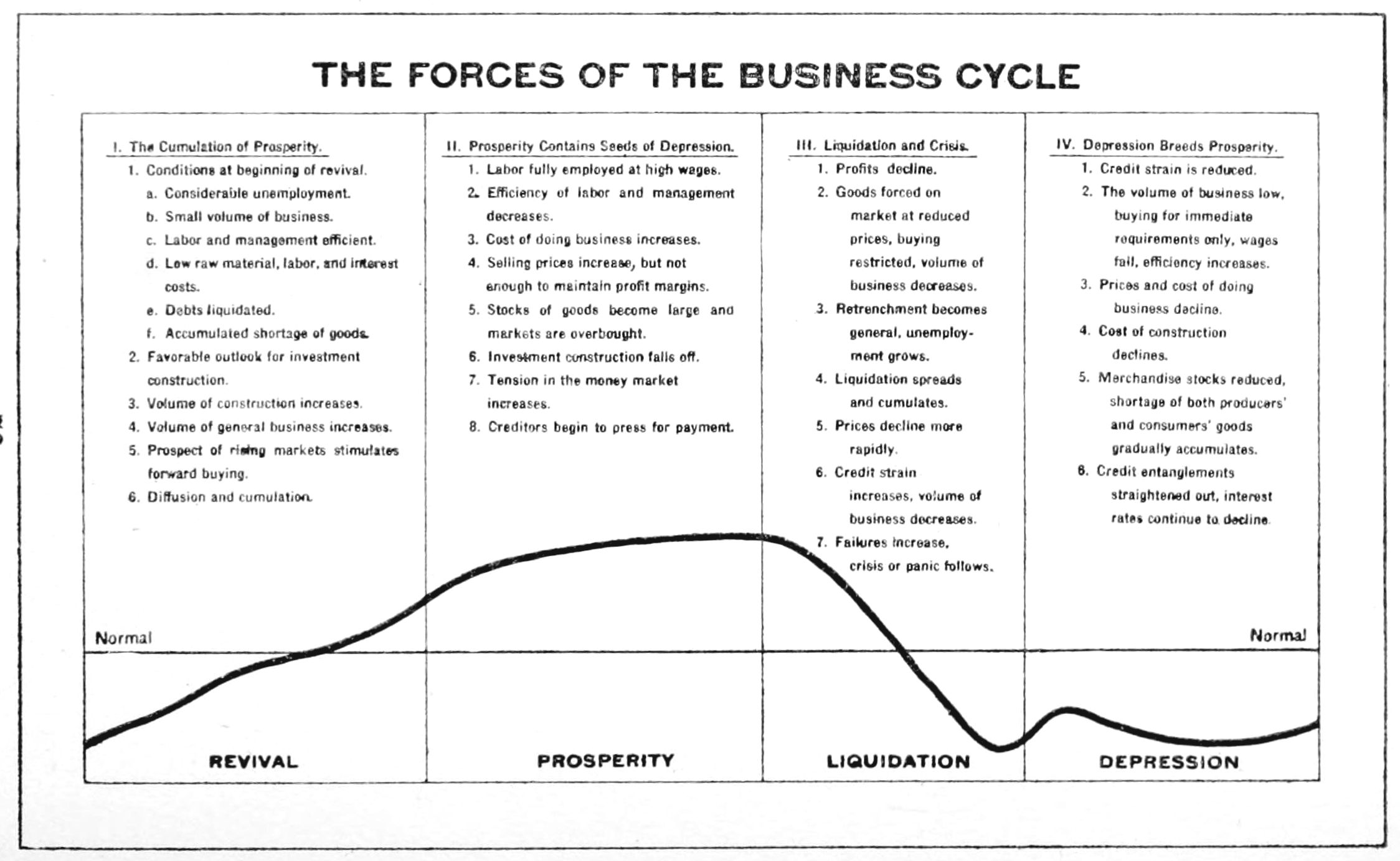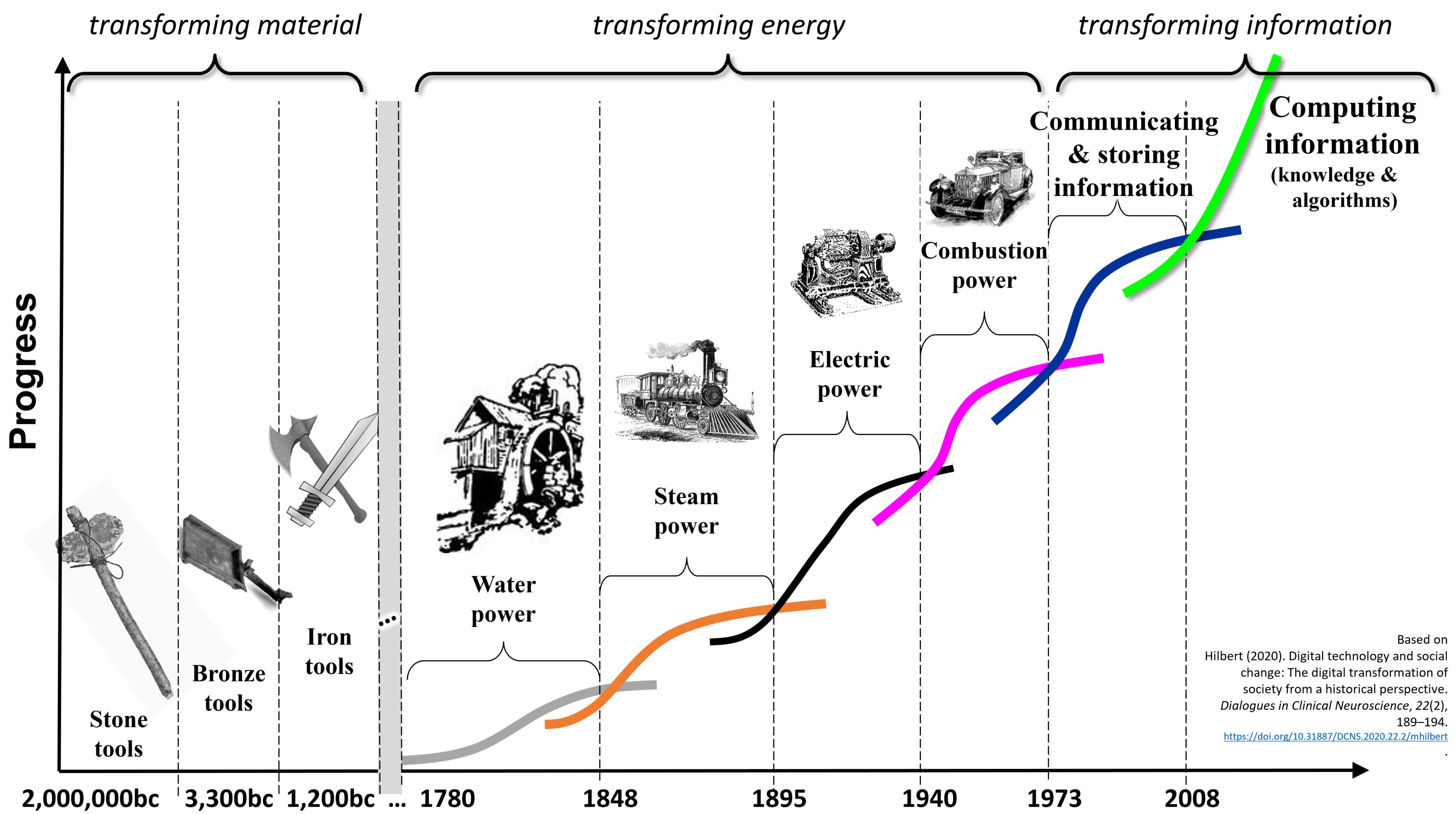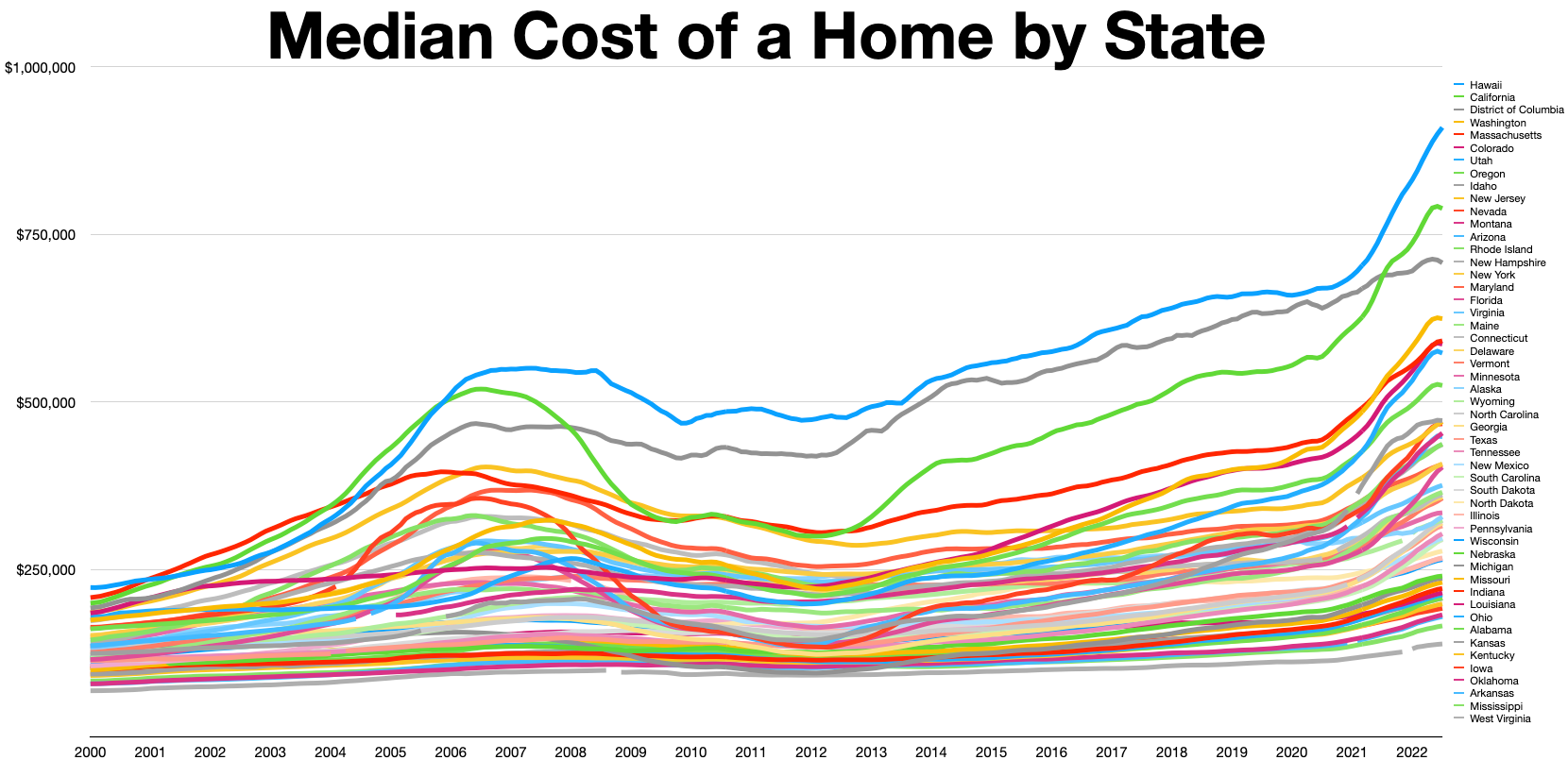|
Spending Wave
In the economics of demography, the term spending wave refers to the economic effect of departure of children from the home. When a society experiences a high level of such family change then an economic decline follows from reduced spending overall. Example For example, in U.S. contemporary economics, Harry Dent, a University of South Carolina and Harvard Business School graduate and Fortune 100 consultant, has popularized the baby-boomer ''spending wave'' theory. According to Dent, the stock-market decline of 2008 was a result of baby boomers aging past their peak spending years. This prediction was based on the observation that consumer spending peaks near age 50. In 2002 Dan Arnold echoed this theory in his book ''The Great Bust Ahead,'' with the big spenders being 45- to 54-year-olds, and their numbers peaking in 2011–2012. Other authors, such as Schieber and Shoven, suggest that the gradual peaking of the social security trust fund in the United States will occur around ... [...More Info...] [...Related Items...] OR: [Wikipedia] [Google] [Baidu] |
Economics
Economics () is the social science that studies the Production (economics), production, distribution (economics), distribution, and Consumption (economics), consumption of goods and services. Economics focuses on the behaviour and interactions of Agent (economics), economic agents and how economy, economies work. Microeconomics analyzes what's viewed as basic elements in the economy, including individual agents and market (economics), markets, their interactions, and the outcomes of interactions. Individual agents may include, for example, households, firms, buyers, and sellers. Macroeconomics analyzes the economy as a system where production, consumption, saving, and investment interact, and factors affecting it: employment of the resources of labour, capital, and land, currency inflation, economic growth, and public policies that have impact on glossary of economics, these elements. Other broad distinctions within economics include those between positive economics, desc ... [...More Info...] [...Related Items...] OR: [Wikipedia] [Google] [Baidu] |
Immigration To The United States
Immigration has been a major source of population growth and Culture of the United States, cultural change throughout much of the history of the United States. In absolute numbers, the United States has a larger immigrant population than any other country in the world, with 47 million immigrants as of 2015. This represents 19.1% of the 244 million international migrants worldwide, and 14.4% of the United States' population. According to the 2016 Yearbook of Immigration Statistics, the United States admitted a total of 1.18 million legal immigrants (618k new arrivals, 565k status adjustments) in 2016. Of these, 48% were the immediate relatives of United States citizens, 20% were family-sponsored, 13% were refugees or asylum seekers, 12% were employment-based preferences, 4.2% were part of the Diversity Immigrant Visa program, 1.4% were victims of a crime (U1) or their family members were (U2 to U5), and 1.0% who were granted the Special Immigrant Visa (SIV) for Iraqis and Af ... [...More Info...] [...Related Items...] OR: [Wikipedia] [Google] [Baidu] |
Business Cycle
Business cycles are intervals of Economic expansion, expansion followed by recession in economic activity. These changes have implications for the welfare of the broad population as well as for private institutions. Typically business cycles are measured by examining trends in a broad economic indicator such as Real Gross Domestic Production. Business cycle fluctuations are usually characterized by general upswings and downturns in a span of macroeconomic variables. The individual episodes of expansion/recession occur with changing duration and intensity over time. Typically their periodicity has a wide range from around 2 to 10 years (the technical phrase "stochastic cycle" is often used in statistics to describe this kind of process.) As in [Harvey, Trimbur, and van Dijk, 2007, ''Journal of Econometrics''], such flexible knowledge about the frequency of business cycles can actually be included in their mathematical study, using a Bayesian statistical paradigm. There are numer ... [...More Info...] [...Related Items...] OR: [Wikipedia] [Google] [Baidu] |
Market Trends
A market trend is a perceived tendency of financial markets to move in a particular direction over time. Analysts classify these trends as ''secular'' for long time-frames, ''primary'' for medium time-frames, and ''secondary'' for short time-frames. Traders attempt to identify market trends using technical analysis, a framework which characterizes market trends as predictable price tendencies within the market when price reaches support and resistance levels, varying over time. A market trend can only be determined in hindsight, since at any time prices in the future are not known. Market terminology The terms "bull market" and "bear market" describe upward and downward market trends, respectively, and can be used to describe either the market as a whole or specific sectors and securities. The terms come from London's Exchange Alley in the early 18th century, where traders who engaged in naked short selling were called "bear-skin jobbers" because they sold a bear's skin (the s ... [...More Info...] [...Related Items...] OR: [Wikipedia] [Google] [Baidu] |
Recessions
In economics, a recession is a business cycle contraction when there is a general decline in economic activity. Recessions generally occur when there is a widespread drop in spending (an adverse demand shock). This may be triggered by various events, such as a financial crisis, an external trade shock, an adverse supply shock, the bursting of an economic bubble, or a large-scale anthropogenic or natural disaster (e.g. a pandemic). In the United States, a recession is defined as "a significant decline in economic activity spread across the market, lasting more than a few months, normally visible in real GDP, real income, employment, industrial production, and wholesale-retail sales." The European Union has adopted a similar definition. In the United Kingdom, a recession is defined as negative economic growth for two consecutive quarters. Governments usually respond to recessions by adopting expansionary macroeconomic policies, such as increasing money supply and decreasing ... [...More Info...] [...Related Items...] OR: [Wikipedia] [Google] [Baidu] |
Recession
In economics, a recession is a business cycle contraction when there is a general decline in economic activity. Recessions generally occur when there is a widespread drop in spending (an adverse demand shock). This may be triggered by various events, such as a financial crisis, an external trade shock, an adverse supply shock, the bursting of an economic bubble, or a large-scale Anthropogenic hazard, anthropogenic or natural disaster (e.g. a pandemic). In the United States, a recession is defined as "a significant decline in economic activity spread across the market, lasting more than a few months, normally visible in real GDP, real income, employment, industrial production, and wholesale-retail sales." The European Union has adopted a similar definition. In the United Kingdom, a recession is defined as negative economic growth for two consecutive quarters. Governments usually respond to recessions by adopting expansionary macroeconomic policies, such as monetary policy, incr ... [...More Info...] [...Related Items...] OR: [Wikipedia] [Google] [Baidu] |
Kondratiev Wave
In economics, Kondratiev waves (also called supercycles, great surges, long waves, K-waves or the long economic cycle) are hypothesized cycle-like phenomena in the modern world economy. The phenomenon is closely connected with the technology life cycle. It is stated that the period of a wave ranges from forty to sixty years, the cycles consist of alternating intervals of high sectoral growth and intervals of relatively slow growth.See, e.g. Long wave theory is not accepted by most academic economists. Among economists who accept it, there is a lack of agreement about both the cause of the waves and the start and end years of particular waves. Among critics of the theory, the consensus is that it involves recognizing patterns that may not exist (apophenia). History of concept The Soviet economist Nikolai Kondratiev (also written Kondratieff or Kondratyev) was the first to bring these observations to international attention in his book ''The Major Economic Cycles'' (1925) al ... [...More Info...] [...Related Items...] OR: [Wikipedia] [Google] [Baidu] |
Demographic
Demography () is the statistical study of populations, especially human beings. Demographic analysis examines and measures the dimensions and dynamics of populations; it can cover whole societies or groups defined by criteria such as education, nationality, religion, and ethnicity. Educational institutions usually treat demography as a field of sociology, though there are a number of independent demography departments. These methods have primarily been developed to study human populations, but are extended to a variety of areas where researchers want to know how populations of social actors can change across time through processes of birth, death, and migration. In the context of human biological populations, demographic analysis uses administrative records to develop an independent estimate of the population. Demographic analysis estimates are often considered a reliable standard for judging the accuracy of the census information gathered at any time. In the labor ... [...More Info...] [...Related Items...] OR: [Wikipedia] [Google] [Baidu] |
United States Housing Market Correction
United States housing prices experienced a major market correction after the housing bubble that peaked in early 2006. Prices of real estate then adjusted downwards in late 2006, causing a loss of market liquidity and subprime defaults. A real estate bubble is a type of economic bubble that occurs periodically in local, regional, national or global real estate markets. A housing bubble is characterized by rapid and sustained increases in the price of real property, such as housing' usually due to some combination of over-confidence and emotion, fraud, the synthetic offloading of risk using mortgage-backed securities, the ability to repackage conforming debt via government-sponsored enterprises, public and central bank policy availability of credit, and speculation. Housing bubbles tend to distort valuations upward relative to historic, sustainable, and statistical norms as described by economists Karl Case and Robert Shiller in their book, ''Irrational Exuberance''. As ea ... [...More Info...] [...Related Items...] OR: [Wikipedia] [Google] [Baidu] |
Demography
Demography () is the statistics, statistical study of populations, especially human beings. Demographic analysis examines and measures the dimensions and Population dynamics, dynamics of populations; it can cover whole societies or groups defined by criteria such as education, nationality, religion, and ethnicity. Educational institutions usually treat demography as a field of sociology, though there are a number of independent demography departments. These methods have primarily been developed to study human populations, but are extended to a variety of areas where researchers want to know how populations of Social actions, social actors can change across time through processes of birth, death, and Human migration, migration. In the context of human biological populations, demographic analysis uses Public records, administrative records to develop an independent Approximation, estimate of the population. Demographic analysis estimates are often considered a reliable stan ... [...More Info...] [...Related Items...] OR: [Wikipedia] [Google] [Baidu] |
Consumer Spending
Consumer spending is the total money spent on final goods and services by individuals and households. There are two components of consumer spending: induced consumption (which is affected by the level of income) and autonomous consumption (which is not). Macroeconomic factors Taxes Taxes are a tool in the adjustment of the economy. Tax policies designed by governments affect consumer groups, net consumer spending and consumer confidence. Economists expect tax manipulation to increase or decrease consumer spending, though the precise impact of specific manipulations are often the subject of controversy. Underlying tax manipulation as a stimulant or suppression of consumer spending is an equation for gross domestic product (GDP). The equation is GDP = C + I + G + NX, where C is private consumption, I is private investment, G is government and NX is the net of exports minus imports. Increases in government spending create demand and economic expansion. However, government spendin ... [...More Info...] [...Related Items...] OR: [Wikipedia] [Google] [Baidu] |
Baby Boomer
Baby boomers, often shortened to boomers, are the Western demographic cohort following the Silent Generation and preceding Generation X. The generation is often defined as people born from 1946 to 1964, during the mid-20th century baby boom. The dates, the demographic context, and the cultural identifiers may vary by country. The baby boom has been described variously as a "shockwave" and as "the pig in the python". Most baby boomers are children of either the Greatest Generation or the Silent Generation, and are often parents of late Gen Xers and Millennials. Late baby boomers can also be the parents of older members of Generation Z. In the West, boomers' childhoods in the 1950s and 1960s had significant reforms in education, both as part of the ideological confrontation that was the Cold War, and as a continuation of the interwar period. In the 1960s and 1970s, as this relatively large number of young people entered their teens and young adulthood—the oldest turned 18 ... [...More Info...] [...Related Items...] OR: [Wikipedia] [Google] [Baidu] |
.jpg)







